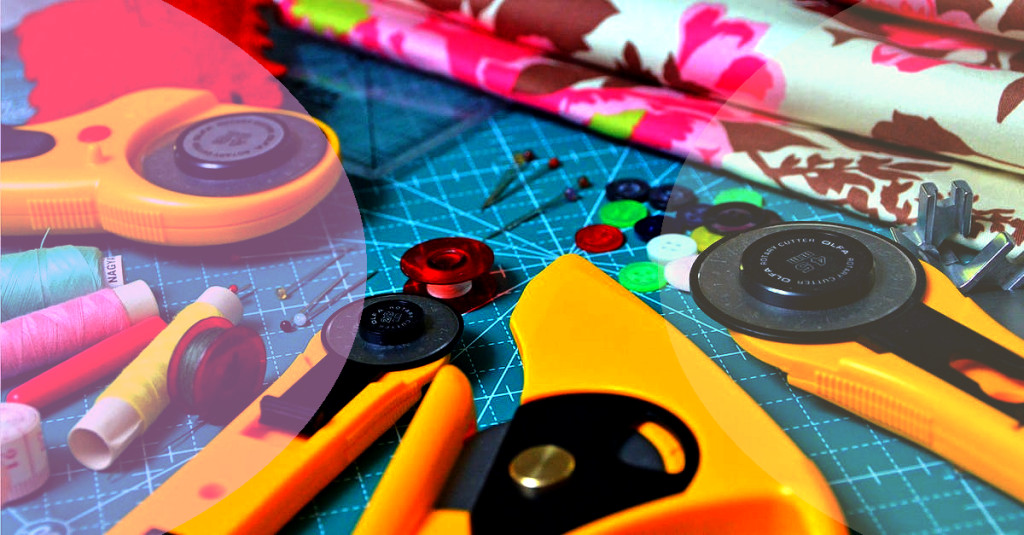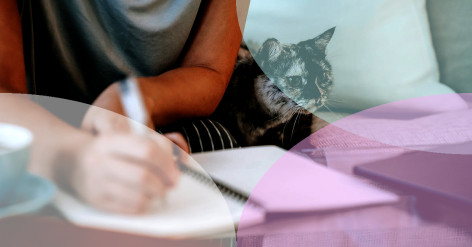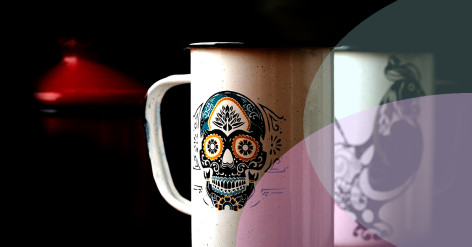How to Choose the Right Knitting Needles for Your Project

Consider the Material

Knitting is a relaxing and therapeutic activity that anyone can try. But when starting a knitting project, choosing the right knitting needles can be overwhelming. With so many materials and sizes to choose from, how do you know which knitting needles are right for your project? In this article, we will discuss factors to consider when choosing knitting needles for your project.
Metal Needles
Knitting needles are made of different materials, including wood, plastic, metal, and bamboo. The material you choose for your knitting needles affects how easy or difficult it is to knit.
Plastic Needles
Metal needles are a popular choice for many knitters due to their durability and the fact that the stitches slide easily on them. They are also known for providing a sharp point that works well with lace knitting and other complicated knitting techniques.
Bamboo Needles
Plastic needles are inexpensive, lightweight and come in a variety of colors. These types of needles are good for kids and beginners.
Wood Needles
Related articles
Bamboo needles offer a lightweight, affordable alternative to metal needles. They are natural and eco-friendly, making them a popular choice for many knitters.
Gauge Matters
Wooden needles are known for providing a smoother knitting experience compared to other materials. They do not conduct heat as much, which is great if you tend to get sweaty hands.
Check Needle Size
One of the most important factors to consider when selecting knitting needles is gauge. Gauge refers to how many stitches and rows are in a 4-inch square of knitting.
If you are following a pattern, look for the recommended gauge, and use the corresponding knitting needles. If you are knitting freehand, it is important to do a gauge swatch before starting the project to ensure that your knitting matches the desired size and shape.
Don't Forget the Length

Knitting needles come in different sizes to accommodate different yarn weights. The larger the needle size, the looser the stitches will be; the smaller the needle, the tighter the stitches.
If you're working with thicker yarn, choose a larger needle size so that the stitches are looser and the fabric is more fluid. Conversely, if you're working with a thinner, delicate yarn, use smaller needles to keep the stitches tight and ensure that the garment remains compact.
Conclusion
Lastly, consider the length of the knitting needles. Knitting needles come in different lengths, including straight needles, circular needles, and double-pointed needles.
If you're knitting flat pieces like scarves or blankets, straight needles are the most suitable. For circular knitting, such as knitting hats or sweaters in the round, circular needles are the better choice. Double-pointed needles are ideal for knitting small projects like socks.
Choosing the right knitting needles is crucial to the success of any knitting project. Consider the material, gauge, size, and length of the knitting needles before you start your project. Remember to test your gauge and swatch before starting your project. Knitting should be a relaxing and enjoyable activity, and with the right tool, any project can be accomplished!
Happy knitting!
Additional Resources:
- KnitPicks - Offers a great selection of knitting needles for every project and every knitter.
- Ravelry - Is a community-based website that provides a database of patterns, yarns, and social interaction among knitters around the world.
- Interweave - Provides a wide range of information about knitting, including tutorials, patterns, and yarn reviews.





